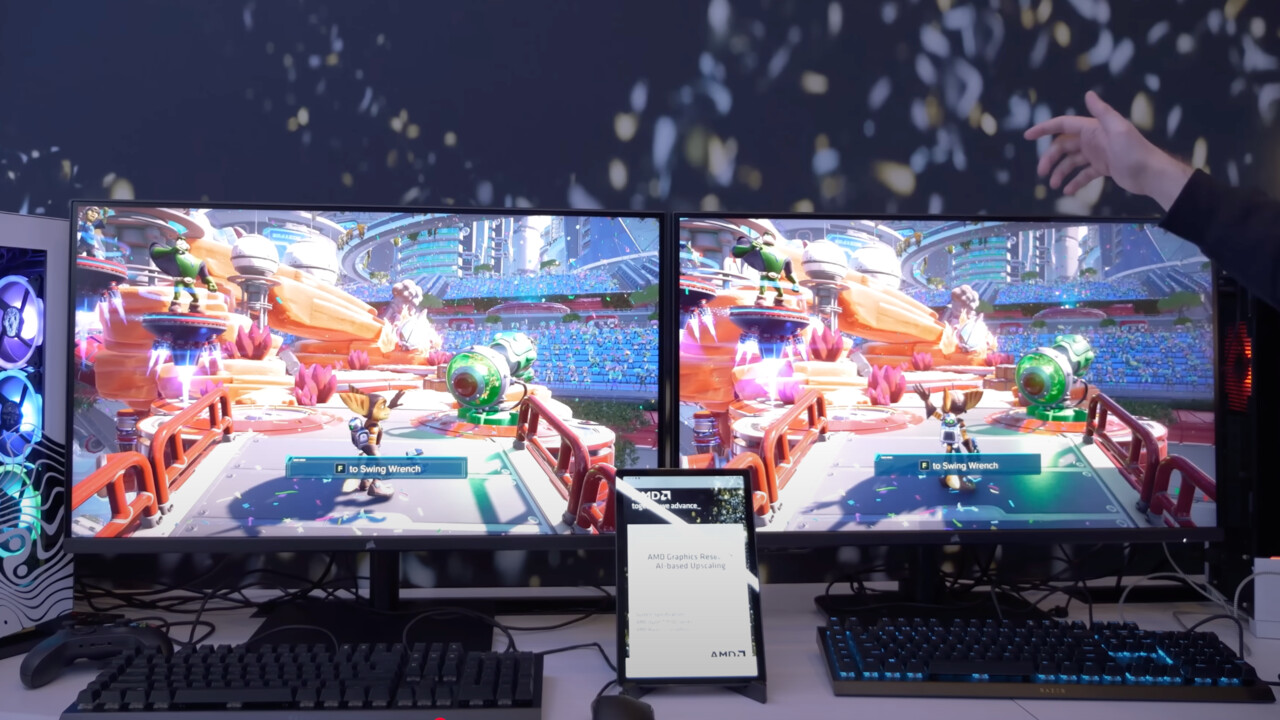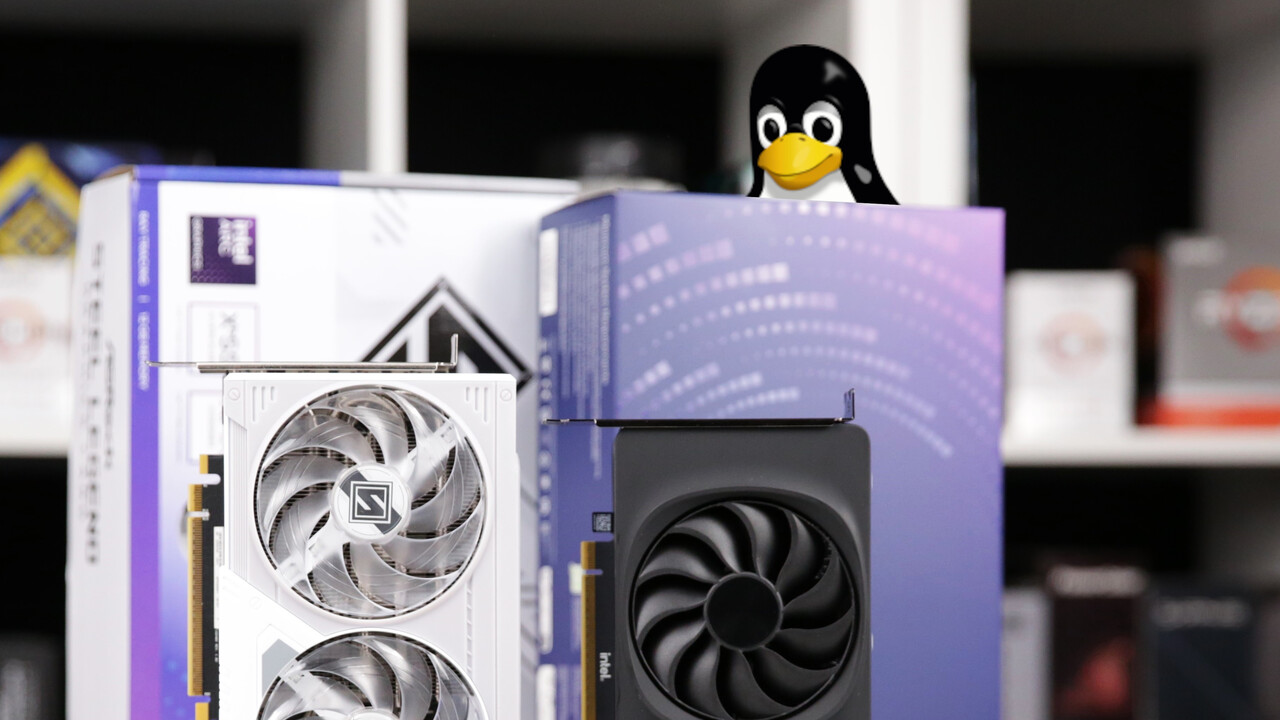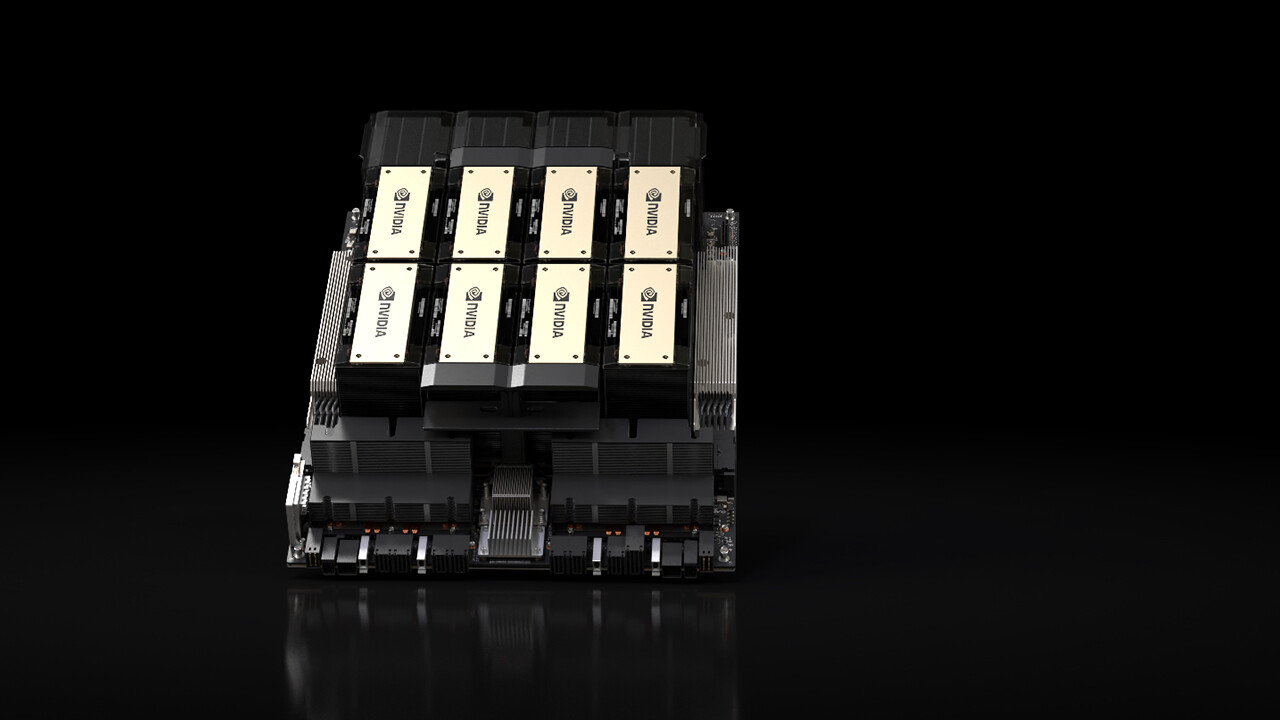FSR 4 Preview: AMD’s AI Supersampling Surprises with a Very Good First Impression 168 comments

Image: Hardware Unboxing
AMD not only presented the first RDNA 4 graphics cards at CES 2025, but also finally the FSR 4. The next-generation Fidelity FX Super Resolution relies on AI supersampling, analogous to Nvidia‘s DLSS 2. In a first preview comparison Compared to FSR 3.1, FSR 4 gives hope for a big leap forward in image quality.
FSR 4 in first comparison with FSR 3.1
At the launch of the Radeon RX 9070 XT and RX 9070, AMD kept a low profile on FSR 4. All that was confirmed was that a neural network should be responsible for supersampling, as in the current DLSS and XeSS versions, in order to achieve higher performance. quality, which requires the extended AI units of the RDNA 4 architecture. Call of Duty: Black Ops 6 (review) was named as the first supported game, although FSR 4 will not be available until “later this year”.
Somewhat surprising is the first preview video from Hardware Unboxed two days later, which shows FSR 4 in use – in Ratchet & Clank: Rift Apart (review). AMD set up a booth at CES where the new FSR version will be presented in direct comparison with FSR 3.1. Two presumably identical systems were used with prototypes of the Radeon RX 9070 XT, which display Sony’s 3D platformer on a UHD display. In both cases, FSR is enabled in the performance profile, meaning the rendering resolution is 1,920 x 1,080 pixels.
Graphics and supersampling settings were specified by AMD and were not changeable during the demo; the same goes for the gaming scene. In this regard, it is an organized scenario that does not allow any general conclusions or comparisons with native resolution and DLSS. Still, the improvements shown in Ratchet & Clank are clear and noticeable, even with just a filmed screen and lossy YouTube compression.
Confident in the worst case scenario
It’s worth mentioning at this point that the gameplay scene in Ratchet & Clank represents a sort of worst-case scenario for upsampling algorithms. There is a lot of movement in the image, both small and large objects. Various particle effects, holograms and transparent surfaces can be seen as well as a fur simulation. Previous versions of DLSS had already reached their limits in this scene, while FSR, on the other hand, completely capitulated.
What is all the more impressive is that AMD, on the one hand, dares to present such a worst-case scenario and, on the other hand, can demonstrate significantly improved oversampling quality. Almost everywhere, FSR 4 manages to reconstruct the problem areas in question with much more confidence than FSR 3.1. The video is worth watching and speaks for itself.
Finally competitive?
It remains to be seen, however, to what extent the improvements observed can be transferred to other scenarios. Oversampling with the UHD target resolution is easy because a relatively large number of pixels are rendered even in performance mode. It remains to be seen whether FSR 4 will be able to make a similar leap in lower resolutions and in other games. It is also unclear at what FPS level the two demos were run. FSR 3.1 recently stood out in that the performance improvement was slightly reduced compared to DLSS with the same oversampling profile.
The improvements that AMD has shown in practice are still very promising. If the manufacturer manages to maintain the level shown in many configurations, resolutions and oversampling games, the most important point of criticism of the new Radeon graphics cards would perhaps be eliminated. However, direct and independent comparisons with DLSS, XeSS and TSR remain to be seen in this regard.
However, it should not be forgotten that Nvidia also wants to have worked significantly on the quality of supersampling with the switch to DLSS 4. A neat first impression is also promising here. And while FSR 4 will be available exclusively on RDNA 4 graphics cards, Nvidia’s new Super Resolution model will be rolled out to all GeForce RTX graphics cards. So it remains exciting.
Updated January 9, 2025 at 11:48 p.m.
After Hardware Unboxed, Digital Foundry also released a preview video of the FSR-4 demo. The first impression is equally positive: the FSR 4 prototype presented by AMD with AI model offers a significant leap in image quality based on FSR 3.1, as shown by various classic oversampling problem areas that have now been well reconstructed.
Digital Foundry also notes that the characteristics of the supersampling result differ significantly in detail from Sony’s AI supersampling PlayStation Spectral Super Resolution developed for the PlayStation 5 Pro and therefore from similar RDNA hardware. The conclusion is that AMD has therefore developed its own solution.
Topics: AMD Graphics Cards AMD RDNA CES 2025 FSR Navi Radeon RDNA 4 RX 9070 RX 9070 XT Source: Unpackaged Hardware

An engineer by training, Alexandre shares his knowledge on GPU performance for gaming and creation.


